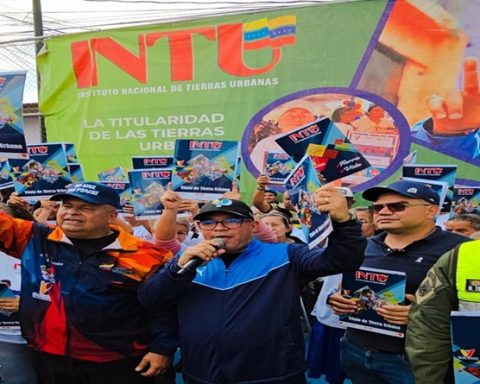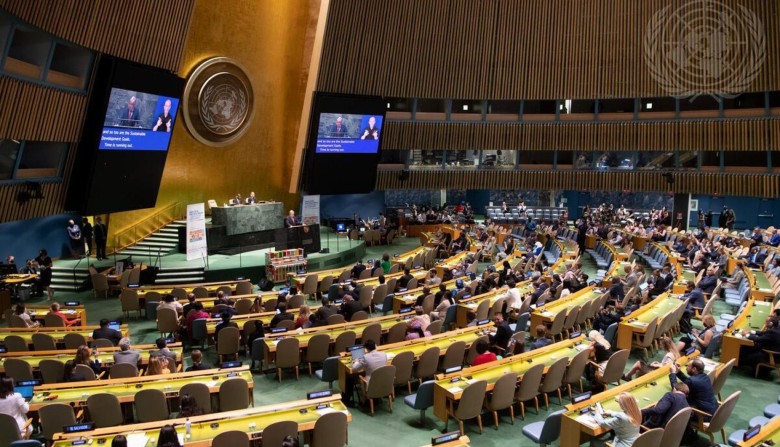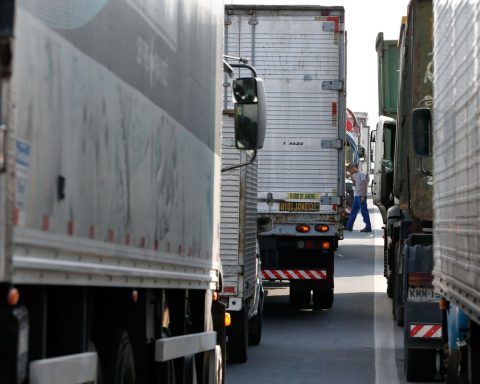The government of Costa Rica announced this Wednesday the 12th that its country will allow the passage of the massive Venezuelan migratory wave and promises to provide humanitarian attention
The Government of Costa Rica announced this Wednesday the 12th that it will facilitate the transit of the migratory wave that crosses the region, mostly made up of Venezuelans, and promised that it will provide them with the humanitarian attention that these people need.
“We are not encouraging them to stay here, but in accordance with the international commitments that Costa Rica has, we are going to let them pass and help them as international law requires us on humanitarian issues. We are also going to prevent crimes from being committed and children from being used to generate income”, declared the president of Costa Rica, Rodrigo Chavezat the weekly press conference after the Governing Council.
*Also read: 7 out of 10 migrants who cross the Darién jungle are Venezuelans
In the coming days, the Government will implement a plan to facilitate buses that will take migrants from their entry into Costa Rica through the border with Panama, to a point near the border with Nicaragua so that they can continue their transit through the continent.
#12Oct #Costa Rica #Diaspora
·President of Costa Rica announces that they will allow passage to the massive Venezuelan migratory wave and promises to provide humanitarian attention – @AlbertoRodNews pic.twitter.com/niEWiCWzDy– Report Now (@ReporteYa) October 12, 2022
Data presented by the Costa Rican government indicates that 80% of the migrants who are entering from Panama are Venezuelan. In addition, these figures indicate that 90% of Venezuelans stay in Costa Rica between 24 and 48 hours and then continue on their way, but there is a 10% that faces economic, logistical or health problems that force them to stay longer.
Many of these Venezuelans are seen in various communities in the country trying to collect money or receive humanitarian aid.
One of the places where these migrants can be seen are the bus terminals and their surroundings, including those that remain in the capital San José, where they receive humanitarian attention from non-governmental organizations and citizens in general.
“These people are human beings who live in critical condition, who seek to reach the United States. They are vulnerable people. There are people who arrive injured or sick,” said President Chaves.
The Costa Rican government has a shelter near the border with Panama and is evaluating the possibility of installing another in the north, near the border with Nicaragua.
According to data from that government, 2,500 migrants could be entering Costa Rica per day and in the worst case the figure could reach 10,000 if there is a peak.
With information from AlbertoNews
Post Views:
415


















